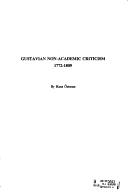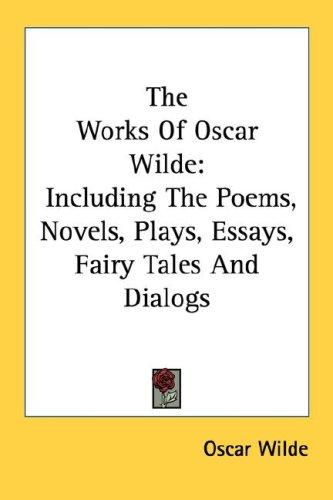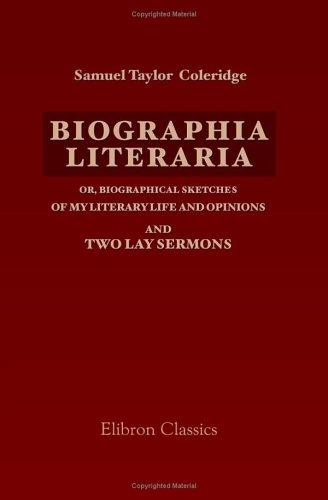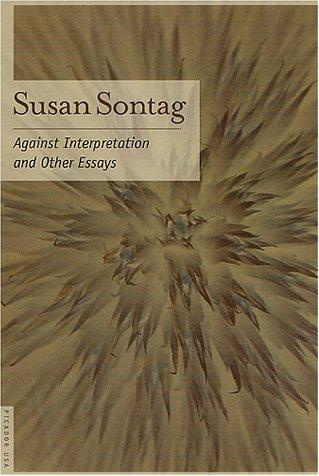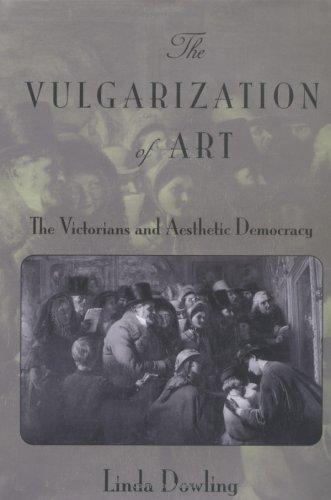
The vulgarization of art
by Linda C. Dowling
In this major reinterpretation of the Victorian Aesthetic Movement, Linda Dowling argues that such classic works of Victorian art writing as Ruskin's Stones of Venice or Morris's Lectures on Art or Wilde's Critic as Artist become wholly intelligible only within the larger ideological context of the Whig aesthetic tradition.
Tracing the genealogy of Victorian Aestheticism back to the first great crisis of the Whig polity in the earlier eighteenth century, Dowling locates the source of the Victorians' utopian hopes for art in the "moral sense" theory of Anthony Ashley Cooper, third earl of Shaftesbury. Shaftesbury's theory of a universal moral sense, argues The Vulgarization of Art, became the transcendental basis for the new Whig polity that proposed itself as an alternative to older theories of natural law and divine right.
It would then sustain the Victorians' hope that their own nightmare landscape of commercial modernity and mass taste might be transformed by a universal pleasure in art and beauty.
The Vulgarization of Art goes on to explore the tragic consequences for the Aesthetic Movement when a repressed and irresolvable conflict between Shaftesbury's assumption of "aristocratic soul" and the Victorian ideal of "aesthetic democracy" repeatedly shatters the hopes of such writers as Ruskin, Morris, Pater, and Wilde for social transformation through the aesthetic sense.
